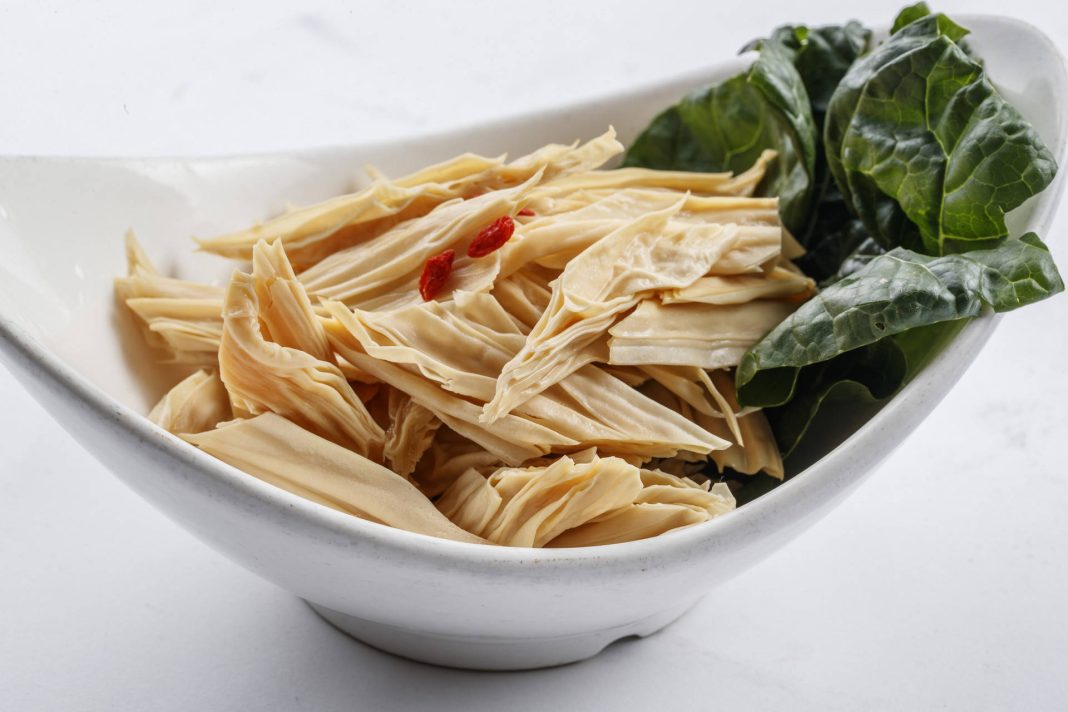This content is provided by Pioneer Bird Blood Sugar Management Software! It helps you record health indicators such as blood sugar and blood pressure, provides free tastings of sugar-free foods, and offers customized diet and exercise plans to accompany you in sugar control.
As a nutritionist, I have rich experience in helping diabetes patients design diet plans. Food selection is crucial for diabetes patients as it directly affects blood sugar control. In daily diet, noodles, steamed buns, congee, and rice are common sources of carbohydrates. But which one is most suitable for diabetics to eat? Here are some insights I share based on nutritional principles and clinical experience.
1. Principles of Diabetic Diet
Before discussing which foods are more suitable for diabetics, we need to understand the basic principles of a diabetic diet:
Control total caloric intake: Diabetics need to control daily caloric intake according to their own circumstances.
Balanced diet: Ensure dietary diversity, and balance proteins, fats, and carbohydrates.
Low Glycemic Index (GI): Selecting low GI foods can help control postprandial blood sugar.
2. Comparison of the Glycemic Index (GI) of Noodles, Steamed Buns, Congee, and Rice
Noodles: The GI values of noodles vary depending on the type and cooking method. Generally, whole wheat noodles have a lower GI value, while refined white noodles have a higher GI value.
Steamed buns: Steamed buns usually have a higher GI value because they are mainly made from refined wheat flour.
Congee: Congee has a relatively high GI value due to its higher water content during cooking, making starch easy to digest and absorb.
Rice: White rice has a high GI value, but brown rice has a lower GI value because it contains more fiber.
3. Which Foods Are More Suitable for Diabetics
Brown rice: Compared to white rice, brown rice contains more dietary fiber, which helps slow down digestion speed and reduce postprandial blood sugar peaks. Therefore, brown rice is a better choice.
Whole wheat noodles: Whole wheat noodles contain more protein and fiber, which helps with blood sugar control. However, avoid overcooking to prevent an increase in GI value.
Steamed buns and congee: Although steamed buns have a high GI value, pairing them with vegetables, proteins, and other foods can lower the overall meal’s GI value. Since congee is easy to digest, it may lead to a rapid increase in blood sugar, so it should be consumed in moderation.
4. Dietary Recommendations
Choose whole grains: Opt for whole wheat, brown rice, and other whole grain products as they contain more fiber and nutrients.
Control portions: Even with low GI foods, it’s essential to control portions to avoid excessive intake.
Pair with proteins and fats: When consuming carbohydrates, pair them with adequate proteins and fats to slow down food digestion and absorption, reducing postprandial blood sugar levels.
Cooking methods: Avoid overcooking, such as cooking to a mushy texture, as it can increase the food’s GI value.
In conclusion, there is no absolute “most suitable” or “least suitable” food for diabetics. The key lies in how to choose and pair foods, control food portions, and cooking methods. Brown rice and whole wheat noodles may be better choices, but it doesn’t mean other foods cannot be eaten. Diabetics need flexibility and adaptability in their diet, devising personalized dietary plans based on their blood sugar responses and nutritional needs.
As a nutritionist, I recommend diabetic patients consult professional nutritionists when adjusting their diet to receive more specific guidance. Remember, diabetic diet is not set in stone but a process that requires continual adjustment and optimization based on individual circumstances.


